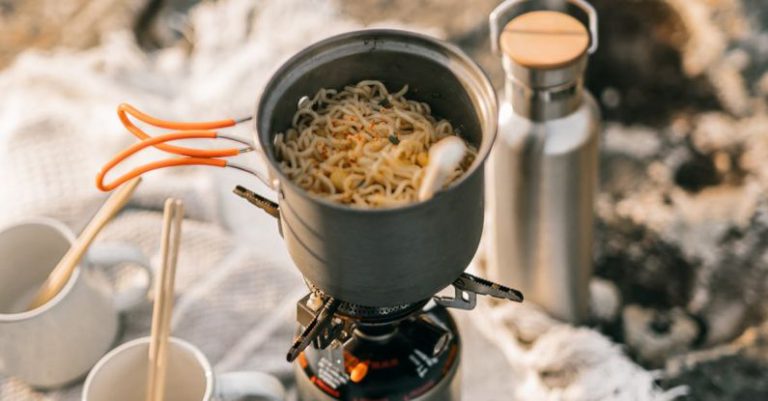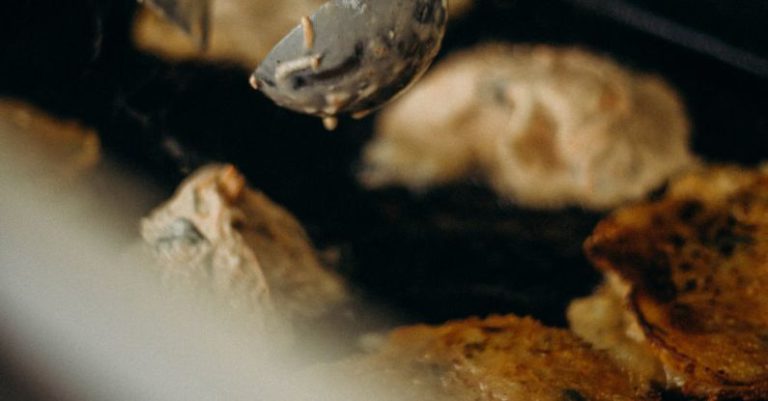
Outdoor cooking is a delightful experience that allows you to savor the flavors of nature while enjoying the great outdoors. Whether you are grilling in your backyard, camping in the wilderness, or having a picnic at the park, mastering the art of outdoor cooking can enhance your culinary skills and create unforgettable dining experiences. To make the most out of your outdoor cooking adventures, it is essential to utilize the best techniques that will help you achieve delicious results every time.
Choosing the Right Equipment
One of the key factors in successful outdoor cooking is having the right equipment. When it comes to grilling, a high-quality charcoal or gas grill can make a significant difference in the flavor and texture of your food. Charcoal grills are ideal for imparting a smoky flavor to your dishes, while gas grills offer convenience and precise temperature control. For those who prefer a more traditional approach, a wood-fired grill or a portable grill is also a great option.
In addition to a grill, having essential tools such as tongs, spatulas, grill brushes, and meat thermometers is crucial for efficient outdoor cooking. Invest in durable and heat-resistant utensils that are specifically designed for outdoor grilling to ensure safety and optimal performance.
Preparation is Key
Preparation is key to successful outdoor cooking. Before you start grilling, make sure to marinate your meat, poultry, or vegetables to enhance their flavor and tenderness. Marinades can be as simple as a mixture of olive oil, herbs, and spices, or as complex as a combination of citrus juices and soy sauce. Allow your ingredients to marinate for at least 30 minutes to a few hours before grilling to achieve maximum flavor infusion.
Another important aspect of preparation is ensuring that your grill is clean and properly preheated. Clean your grill grates with a grill brush to remove any residue from previous cooking sessions. Preheat your grill for at least 15-20 minutes before cooking to ensure even heat distribution and prevent sticking.
Mastering the Art of Direct and Indirect Heat
Understanding the difference between direct and indirect heat is essential for achieving perfectly cooked dishes. Direct heat is ideal for searing meats and creating grill marks, while indirect heat is suitable for slow-cooking larger cuts of meat or delicate foods that require gentle heat.
To create a two-zone fire on a charcoal grill, pile the charcoal on one side for direct heat and leave the other side empty for indirect heat. For a gas grill, preheat all burners and then turn off one or more burners to create a zone of indirect heat. By mastering the art of direct and indirect heat, you can cook a variety of dishes with precision and control.
Experiment with Smoking and Searing
Smoking and searing are two techniques that can elevate the flavors of your outdoor-cooked dishes. Smoking involves cooking food over low heat with the addition of wood chips or chunks to impart a smoky flavor. Experiment with different types of wood, such as hickory, mesquite, or applewood, to discover unique flavor profiles that complement your ingredients.
Searing, on the other hand, involves cooking food over high heat to caramelize the exterior and create a flavorful crust. Whether you are grilling steaks, burgers, or vegetables, mastering the art of searing can enhance the texture and taste of your dishes. Use a cast-iron skillet or a grill grate to achieve a perfect sear and lock in the juices of your ingredients.
Embrace Versatility with Foil Packets and Skewers
Foil packets and skewers are versatile cooking techniques that are perfect for outdoor gatherings and camping trips. Foil packets are a convenient way to cook individual portions of meat, fish, or vegetables with minimal cleanup. Simply wrap your ingredients in foil with seasonings and aromatics, then place the packets on the grill for a delicious and mess-free meal.
Skewers, on the other hand, offer a fun and interactive way to cook and serve a variety of foods. Whether you are making kebabs with marinated meats and vegetables or fruit skewers for dessert, skewers are a versatile outdoor cooking technique that allows for endless customization and creativity.
Conclusion: Elevate Your Outdoor Cooking Experience
Mastering the best techniques for outdoor cooking can transform your culinary adventures and create memorable dining experiences for you and your loved ones. By choosing the right equipment, preparing your ingredients thoughtfully, and experimenting with different cooking methods, you can elevate your outdoor cooking skills and create delicious dishes that showcase the beauty of al fresco dining. Embrace the versatility of outdoor cooking and let your creativity shine as you explore the wonderful world of grilling, smoking, searing, and more. Enjoy the flavors of nature and make every outdoor cooking experience a celebration of good food, good company, and good times.





